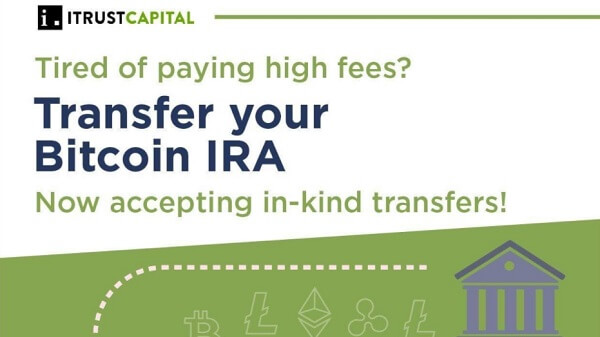$30 Million in Ethereum Burned Just Two Days After EIP-1559 Launch

In brief
Ethereum developers implemented a change to the network that burns transaction fees.
$30 million worth of ETH has already been burned since that change.
NFT projects top the leaderboard of Ethereum gas burners with NFT marketplace OpenSea leading the charge.
Ethereum’s new transaction fee-burning mechanism EIP-1559 has removed $30 million in ETH from the network’s circulation since it came into effect two days ago.
EIP-1559, one of five upgrades introduced as part of Ethereum’s London hard fork on August 5, has replaced Ethereum’s auction-style transaction fee mechanism with an algorithmically determined alternative.
Unless users specifically choose to “tip” miners, they will no longer receive transaction fees; instead, the fees are burned, reducing the total supply of Ethereum in circulation.
According to data on Ethereum tracker Ultrasound.money, 1,332 ETH ($4.1 million) burned so far originates from transactions on the NFT marketplace OpenSea, where trading volumes have spiked since a CryptoPunks trading frenzy began last week.
The second top ETH burner is decentralized exchange Uniswap V2, where transactions have burned 810 ETH ($2 million).
The third is Axie Infinity, an Ethereum-based game in which players purchase NFTs of monsters and battle them against each other. Axie Infinity has burned 626 ETH ($1.9 million).
NFT project COVIDPunks, a CryptoPunks knockoff with a pandemic twist, is the fourth highest gas-guzzling Ethereum project, with 528 ETH ($1.6 million) burned.
In fifth place is Tether (USDT), a stablecoin with a market cap of $62 billion. Tether is built on the Ethereum network—in addition to Tron—and is responsible for 510 ETH ($1.5 million) burned. Stablecoins are cryptocurrencies “pegged” to a fiat currency on a 1:1 basis.
The merge
Ethereum’s London hard fork may have completely changed the way miners are compensated on the blockchain but more change is yet to come. Soon, Ethereum will transition from proof-of-work to proof-of-stake.
Next on the network’s agenda is the “merge”, which connects Ethereum’s mainnet to the Ethereum 2.0 beacon chain—when the current iteration of Ethereum links up with the next generation of the network.
Ethereum co-founder Vitalik Buterin told Bloomberg earlier this week that the London upgrade is “proof that the Ethereum ecosystem is able to make significant changes,” and that it “definitely makes me more confident about the merge.”
The merge is also pivotal for Ethereum staking, which powers Ethereum 2.0. Around 5% of all ETH is currently staked in ETH 2.0. That’s around 6.5 million ETH, worth around $20 billion.
Alex Svanevik, CEO of blockchain analytics firm Nansen, told Decrypt last month that this figure is likely to go up after the merge because investors will be able to withdraw their staked ETH. The Ethereum Foundation plans a post-merge “cleanup” upgrade to allow for withdrawals of staked ETH, and expects that “to happen very soon after the merge is completed.”












